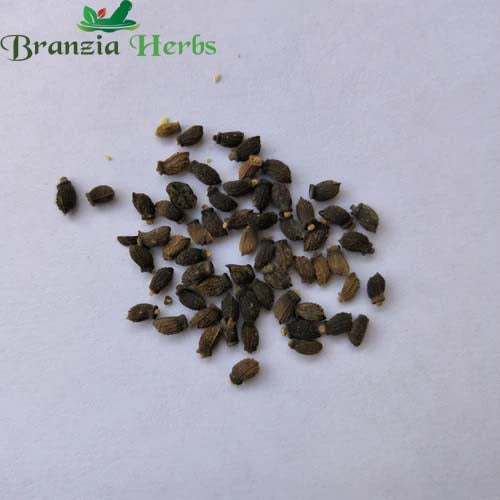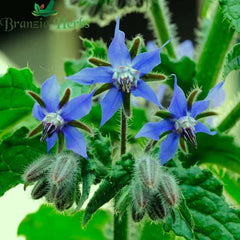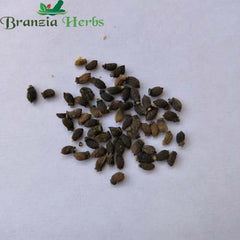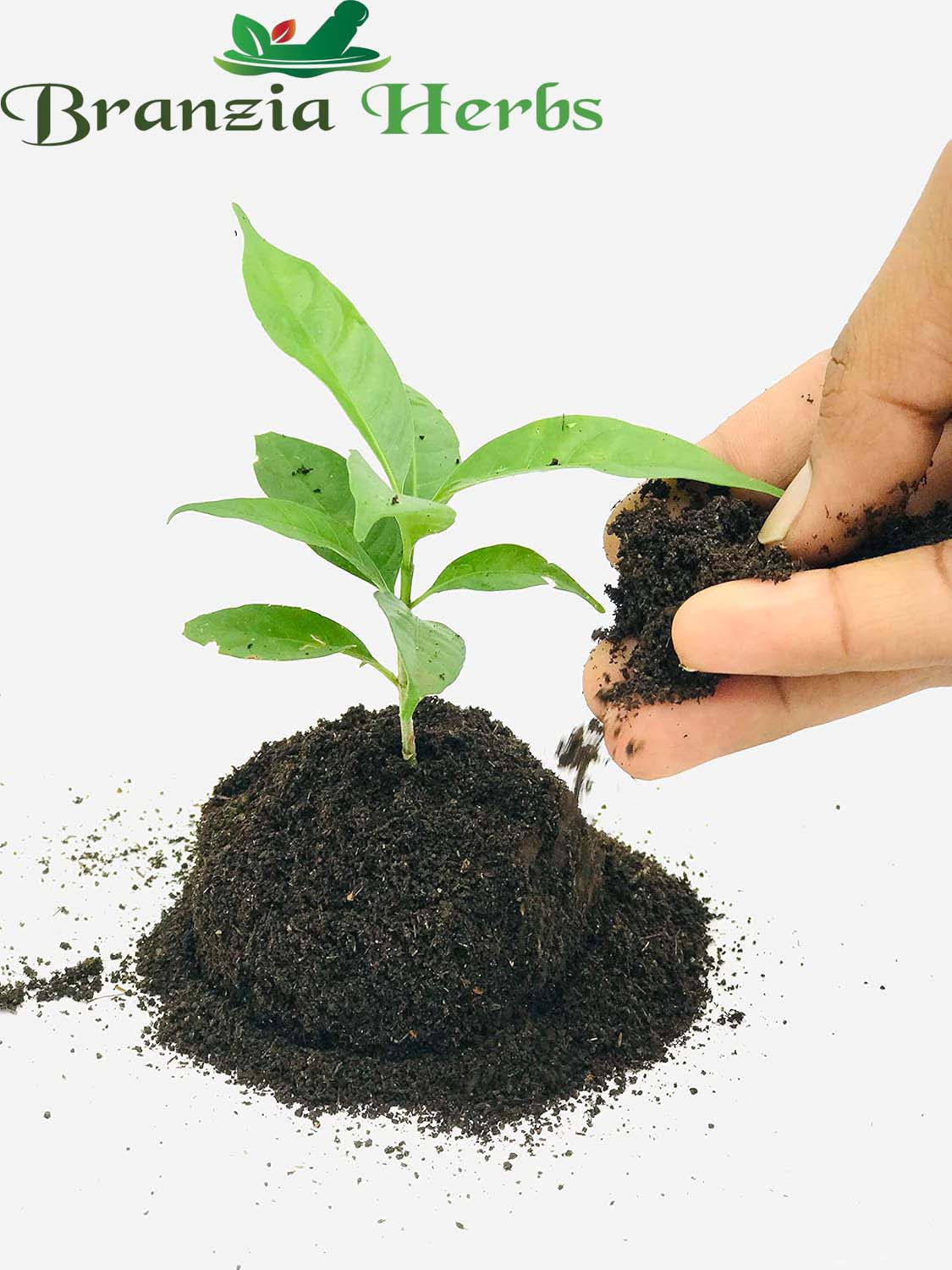Borage (Borago officinalis), also known as starflower, is an herbaceous plant valued for its vibrant blue, star-shaped flowers and its culinary and medicinal uses. Borage herb seeds are used to grow this attractive and versatile plant, which is known for its various health benefits and its ability to attract pollinators. Here’s a detailed guide on Borage Herb Seeds, including their characteristics, benefits, and planting care:
Characteristics
-
Appearance:
- Seeds: Borage seeds are small, black, and somewhat rough in texture. They are about 2-3 mm in diameter.
- Plant: Borage plants have distinctive, fuzzy leaves and striking blue or purple star-shaped flowers. They can grow up to 60-90 cm (24-36 inches) tall and have a spreading habit.
-
Plant Size:
- Height: Typically grows to 60-90 cm (24-36 inches) tall.
- Spread: Can spread about 45-60 cm (18-24 inches) wide.
Benefits
-
Culinary Uses:
- Flowers: Borage flowers are edible and used as a garnish in salads, desserts, and beverages. They have a mildly cucumber-like flavor.
- Leaves: The leaves can be used in salads or as a flavoring in soups and stews. They have a fresh, slightly cucumber-like taste.
-
Medicinal Uses:
- Anti-inflammatory: Borage contains compounds that may have anti-inflammatory properties and can help with conditions like arthritis.
- Skin Health: The herb is sometimes used in skincare products for its potential to soothe and improve skin conditions.
-
Environmental Benefits:
- Pollinator Attraction: Borage is known for attracting bees and other beneficial insects, which helps improve pollination in the garden.
- Soil Health: The plant's deep roots can help improve soil structure and bring nutrients from deeper soil layers to the surface.
Planting Borage Herb Seeds
-
Preparation:
- Seed Treatment: Borage seeds generally do not require special treatment before planting. However, soaking seeds for a few hours before planting can help improve germination rates.
-
Timing:
- Optimal Season: Plant borage seeds in spring after the last frost, or directly sow them into the garden once soil temperatures are consistently above 10°C (50°F). Borage can also be sown in late summer for a fall harvest.
-
Soil and Location:
- Soil Type: Prefers well-drained, loamy or sandy soil with a slightly acidic to neutral pH. Borage is tolerant of poorer soils but thrives in rich, well-drained conditions.
- Location: Choose a sunny location with full sun to partial shade. Borage thrives in warm, sunny environments but can tolerate some shade.
-
Planting:
- Sowing Seeds: Sow seeds about 1/4 inch (0.6 cm) deep in the soil. Space seeds or seedlings about 30-45 cm (12-18 inches) apart to allow for spreading.
- Germination: Seeds typically germinate within 7-14 days. Keep the soil consistently moist but not waterlogged during this period.
-
Watering:
- Initial Care: Water the soil thoroughly after planting and maintain consistent moisture until seedlings are established.
- Ongoing Care: Water regularly but allow the soil to dry out slightly between waterings. Borage prefers moderately moist conditions but can tolerate some dryness.
-
Fertilizing:
- Nutrients: Borage does not require heavy fertilization. Apply a balanced fertilizer or compost at planting time and as needed throughout the growing season. Avoid excessive nitrogen, which can lead to excessive leaf growth at the expense of flowers.
Care and Maintenance
-
Pruning:
- Trimming: Borage does not generally require pruning, but removing spent flowers can encourage continuous blooming. Cut back the plant in late summer to prevent self-seeding if desired.
-
Pest and Disease Management:
- Monitoring: Borage is relatively pest-resistant but can occasionally be affected by pests such as aphids and diseases like powdery mildew.
- Control: Use organic pest control methods if needed and ensure good garden hygiene to prevent disease. Maintain good air circulation around the plants to reduce the risk of fungal infections.
-
Harvesting:
- Leaves: Harvest borage leaves when they are young and tender. Older leaves can be tough and may have a stronger flavor.
- Flowers: Harvest borage flowers when they are fully open and fresh. They can be used immediately or dried for later use.
-
Protection:
- Winter Care: In colder climates, borage is typically grown as an annual and does not require winter protection. In milder climates, it can be grown year-round or overwintered in a greenhouse or indoor garden.
Environmental Considerations
- Climate Adaptation: Borage thrives in temperate climates and may struggle in extremely hot or cold conditions. It can be grown in a variety of conditions but prefers warmer, sunnier environments.
- Sustainability: Ensure planting practices are sustainable and adhere to local regulations regarding agriculture and conservation.
Summary
Borage Herb Seeds offer an opportunity to grow this attractive and versatile herb. By following proper planting and care guidelines, you can successfully cultivate borage and enjoy its many culinary, medicinal, and environmental benefits. Borage thrives in well-drained, sunny conditions and requires minimal water and fertilization for optimal growth. Its edible leaves and flowers are valuable in cooking, and its ability to attract pollinators makes it a beneficial addition to any garden.






